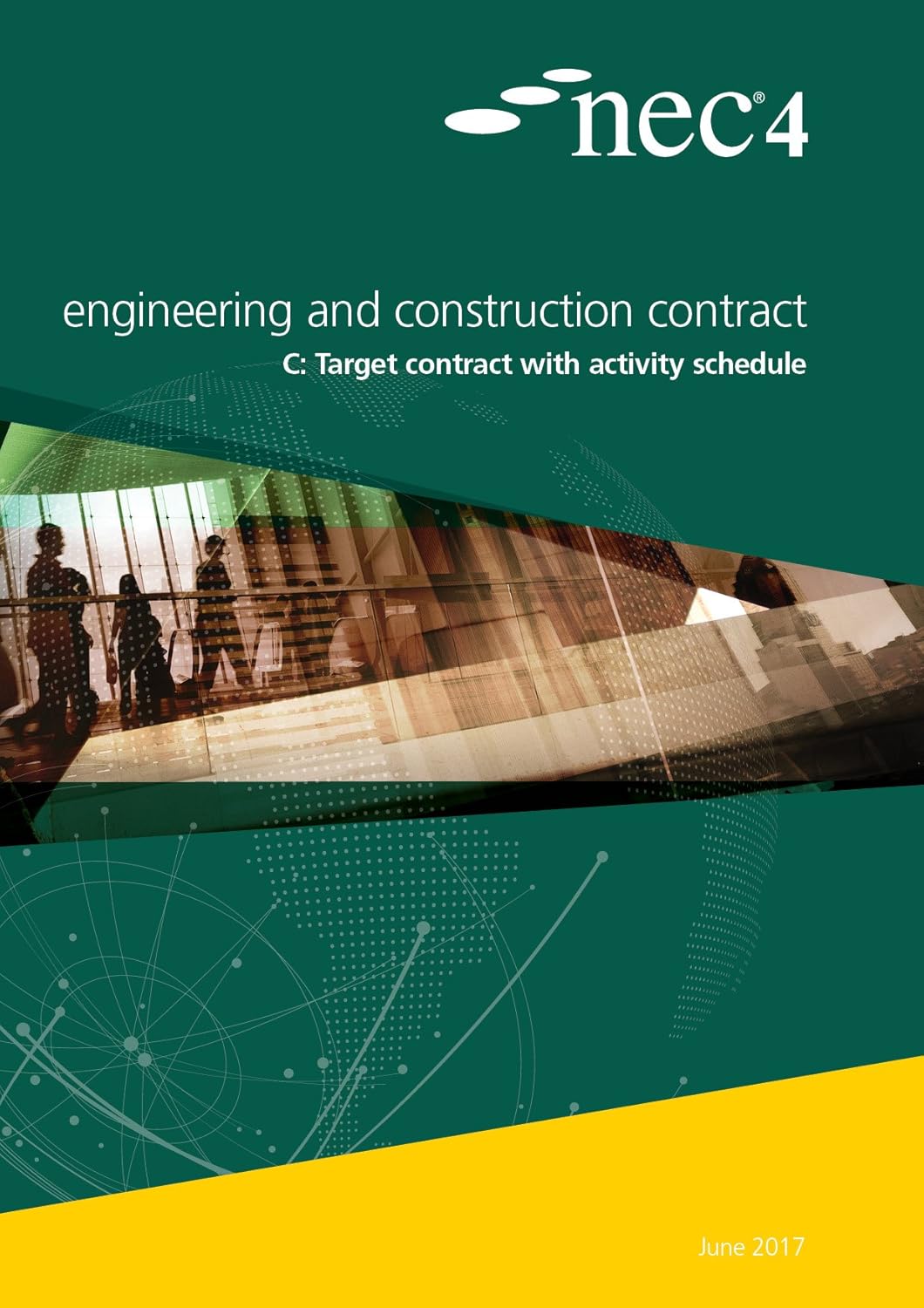About this deal
In options C, D, E and F there is another defined term, ‘Disallowed Cost’, which is indicated by the blue band in Figure 1. This gives headings of cost that are deducted from the total of defined cost. Secondary Options Y(UK)1 – project bank account, Y(UK)2 – ref. the ‘Construction Act’, and Y(UK)3 – The Contract (Rights of Third Parties) Act 1999.
All compensation events are also assessed based on defined cost plus fee. The only difference between options C and E is that option C has the target mechanism and the consultant’s share, which depends on how well the consultant does compared with the target total of the prices. The purpose of this is to encourage the client and consultant to collaborate and jointly manage risks and jointly reduce the defined cost during delivery of the service. Finally, there is a tweak to the prevention event clause 19 to make it clear that the event must stop the whole of the works. This highlights the fact that a prevention event must be a truly exceptional event, so avoiding the argument that things like the insolvency of a subcontractor should fall within the equivalent clause in NEC3. Core Clause 2: contractor's main responsibilities Although this contract is often referred to as “Cost Plus,” contractors should not get complacent and think Option E means a blank chequebook for works. The terms within the contract should set out clearly what is and isn’t to be reimbursed to the contractor.Clause 10.2: the parties and the service manager act in a spirit of mutual trust and cooperation. [17]
The 'prohibition on corrupt acts' clause 18 seems minimal, and may result in a more detailed clause being used. Subcontractors – a new category for NEC4 where Subcontractors costs can now be included as a lump sum, rather than having to break it down into the other categories listed were incurred because the Contractor did not follow the acceptance or procurement procedures laid down in the Works information or didn’t give an early warning notice as required.In practice, disallowed costs have sometimes been used to reduce project costs and avoid the client having to bear a share of an overspend, as would normally be the case under ECC Option C. This has led to closer scrutiny by project managers who, for example, seek to disallow costs under the first bullet point of clause 11.2(26) in NEC4 ECC Options C, D and D or clause 11.2(25) in NEC3 ECC Options C, D and E 11.2, not just when cost records are not available but also when they are inconsistent or incomplete. Theagreedcumulativecostisthendeductedfromtheamountpreviouslypaidunderthecontract. Thisamountisthenpaidtothecontractor. Under NEC, there are 7 different options for procuring work. This article will provide descriptions of how each option works and explore the pros and cons to establish which option works best for you. Briefly, the options are titled as follows: The NEC contracts now form a suite of contracts, with NEC being the brand name for the "family" of contracts. [19] When it was first launched in 1993, it was simply the "New Engineering Contract". This specific contract has been renamed the "Engineering and Construction Contract" which is the main contract used for any construction based project. It now sits alongside a number of other contracts, making the NEC suite suitable for use in many stages of the lifecycle of a project and for any party within a project. The contracts available within the suite are: a new head of disallowed cost, applicable to costs incurred only because a failure to notify the PM of preparation for and conduct of adjudication with a subcontractor or supplier.
For items which contain multiple elements of work built into a singular rate, it can be difficult to assess the % of work complete. If the final PWDD is less than the target cost the Contractor will receive a pre-agreed share of the saving depending on the ratio. If the PWDD, it is greater than the target cost, the Contractor will pay a share of the difference (again at the agreed ratio). The new Core Clause 4 replaces the 'testing and defects' clause in NEC3. It introduces a new obligation for the contractor to produce a quality management system, set out in a quality policy statement, and a quality plan. These must be submitted for acceptance by the PM and comply with the scope.Defined Costs (actual costs) are assessed by the Project Manager during the course of the works by auditing the Contractor’s accounts. In NEC3 ECC, the SSCC can, by agreement, also be used to assess compensation events in options C, D and E. This option is a cost reimbursable option. Unlike Option E, this option is tailored towards the management contractor procurement route. Broome JC, Hayes RW. (1997). A comparison of the clarity of traditional construction contracts and of the New Engineering Contract. International Journal of Project Management, 15, 255-261. doi: 10.1016/S0263-7863(96)00078-6 Option D Bill of Quantities: The Client is expected to produce the Bill of Quantities and it should be included within the documents given to a Contractor at tender stage. This is different to option C, where it is the Contractor who will produce the equivalent Activity Schedule used in that type of contract.
 Great Deal
Great Deal 